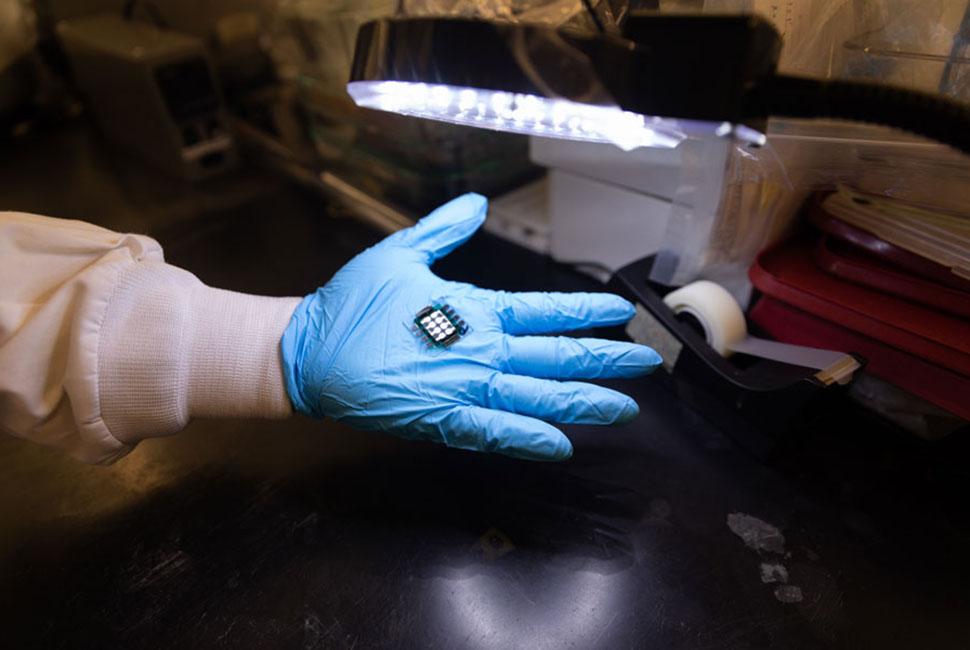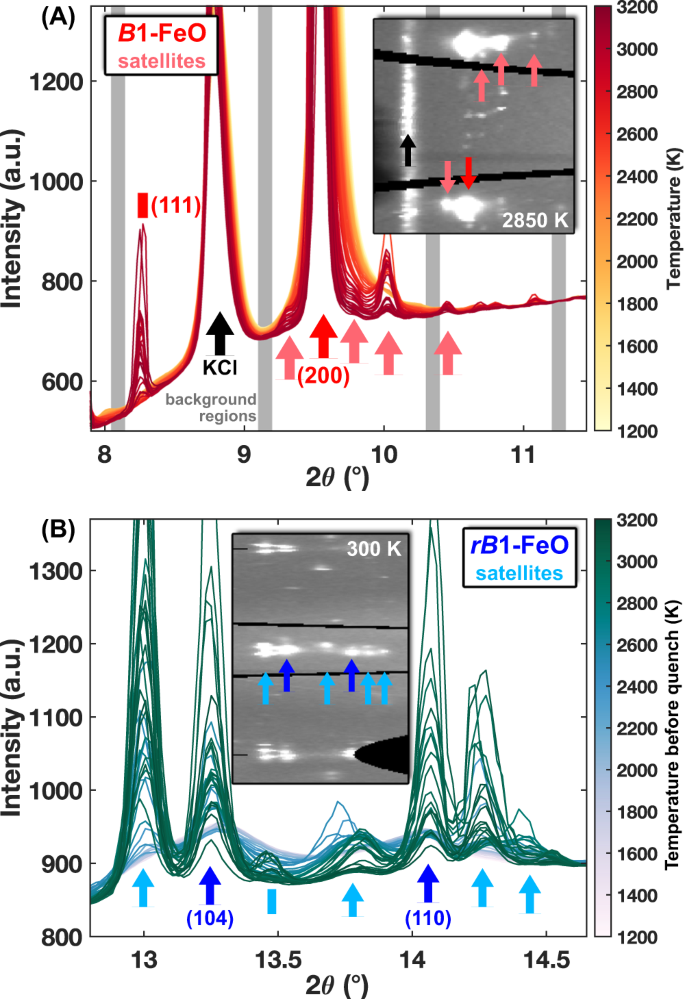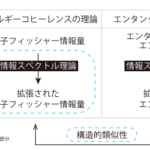2023-11-17 ノースウェスタン大学

◆雑誌Scienceに発表されたこの研究では、表面再結合と呼ばれる現象に対処するための分子と、層間の再結合を妨げるための2つ目の分子を組み合わせる手法で、これまでの効率24.09%から国立再生可能エネルギー研究所(NREL)認定の25.1%に到達しました。これにより、ペロブスカイト太陽技術の効率向上と安定性向上が期待され、より効率的な太陽光収穫への道が開かれました。
<関連情報>
- https://news.northwestern.edu/stories/2023/11/perovskite-solar-cell-efficiency-record/
- https://www.science.org/doi/full/10.1126/science.adk1633
二分子パッシベーション界面が高効率で安定した逆ペロブスカイト太陽電池を実現 Bimolecularly passivated interface enables efficient and stable inverted perovskite solar cells
Cheng Liu,Yi Yang,Hao Chen,Jian Xu,Ao Liu,Abdulaziz S. R. Bati,Huihui Zhu,Luke Grater,Shreyash Sudhakar Hadke,Chuying Huang,Vinod K. Sangwan,Tong Cai,Donghoon Shin,Lin X. Chen,Mark C. Hersam,Chad A. Mirkin ,Bin Chen,Mercouri G. Kanatzidis,and Edward H. Sargent
Science Published:16 Nov 2023
DOI:https://doi.org/10.1126/science.adk1633
Editor’s summary
Although inverted perovskite solar cells minimize losses at hole-transport layers, recombination-induced losses occur at top electron-transport layers. Liu et al. used two different passivation molecules to tackle this problem. A sulfur-modified methylthio molecule provided chemical passivation, and a diammonium molecule repelled minority charge carriers and reduced contact-induced recombination. These cells had a certified quasi–steady-state power conversion efficiency and operated stably at 65°C for more than 2000 hours in ambient air. —Phil Szuromi
Abstract
Compared with the n-i-p structure, inverted (p-i-n) perovskite solar cells (PSCs) promise increased operating stability, but these photovoltaic cells often exhibit lower power conversion efficiencies (PCEs) because of nonradiative recombination losses, particularly at the perovskite/C60 interface. We passivated surface defects and enabled reflection of minority carriers from the interface into the bulk using two types of functional molecules. We used sulfur-modified methylthio molecules to passivate surface defects and suppress recombination through strong coordination and hydrogen bonding, along with diammonium molecules to repel minority carriers and reduce contact-induced interface recombination achieved through field-effect passivation. This approach led to a fivefold longer carrier lifetime and one-third the photoluminescence quantum yield loss and enabled a certified quasi-steady-state PCE of 25.1% for inverted PSCs with stable operation at 65°C for >2000 hours in ambient air. We also fabricated monolithic all-perovskite tandem solar cells with 28.1% PCE.



